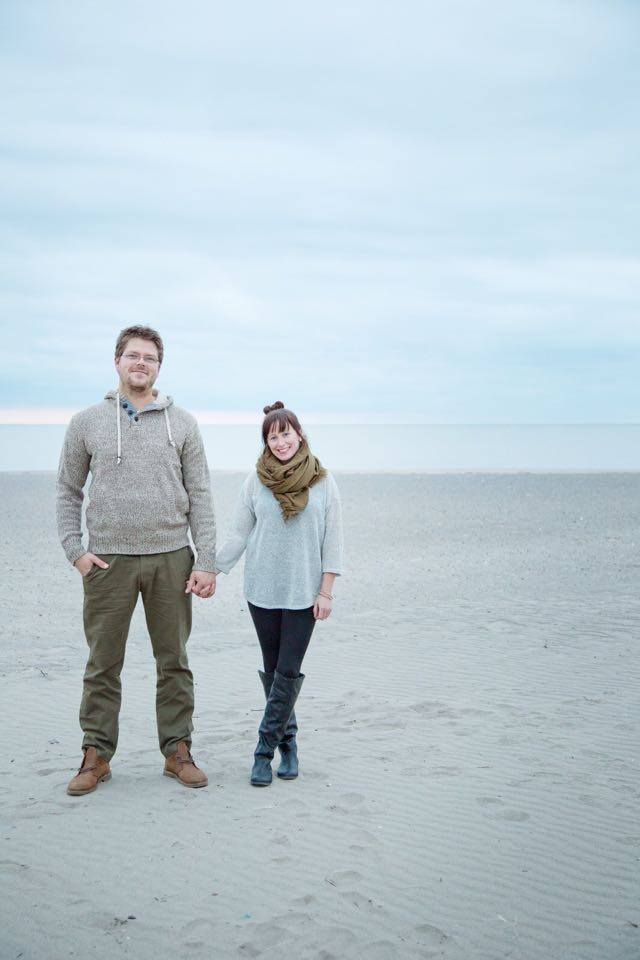“We’ve worked hard for what we have and we did it together,” says David, wearing a tailored three piece suit with no tie. David is a Bay Streeter and his husband, Felipe, is a retired chef who occasionally comes out of retirement upon special request.
“We didn’t wait long to get married,” Felipe says. “Within the first two years of us knowing one another, we had tied the knot.”
A number of Canadian couples envision this type of lifestyle when they get married, but many are choosing to take a different approach to a life together and it doesn’t envelope marriage. The marriage gap between the upper and lower class in Canada has consistently been getting larger over the past four decades. Of the current 9.5 million families in Canada which are either married or common-law; couples in a marriage type scenario but without the legal marriage documentation, there is an 84 per cent gap between high income and low income families according to Statistics Canada. The number of middle incomes families that choose to get married has declined 20 per cent in the last 40 years to 49 per cent and that number continues to drop.
With the average cost of living only going up in the Canada, lovers are having a difficult time scripting out their dream wedding. Couples are resorting to common-law type relationships and scrapping the entire wedding day which on average can cost $25,000 as reported by Wedding Bells magazine.
“We’ve been dating for over eight years and we still aren’t married,” says Dan Riccio, a host at Sportsnet 590 The Fan in Toronto. “We’re waiting to get married to make sure we’re in a proper financial place to get it started on the right foot.”
As the average annual family income almost equals the average annual household expenditures, situations like Dan’s are becoming more common. “We both want to have our finances set, but also want to feel stability in our careers, ” says Riccio whose girlfriend, Violetta, recently got let go from her Bell Media position.
Couples are no longer in a position to immediately buy a new home, or a car, or invest in their RRSPs once they’re done school, let alone get married. Many delay marriage as they persue higher education, look for job security or pay off debt. According to the Canadian Federation of Students, the average loan debt for a graduate is estimated at $28,500. The total debt owned to the Canadian Student Loan Program is over $16 billion as of 2013.
Common-law relationships have become more prevalent with younger Canadians accounting for 17 per cent of all census families. “Within western communities, we are seeing a lot of young people being more likely to cohabitate before marriage and that marriage rates are actually going down,” says Carol Anne Austin, a couples counsellor in Toronto.
Many Canadians are using this period as a trial marriage and also an opportunity to find financial stability in a poor job market.
“That last couple years for us have been focused on making those financial commitments more than the relationship commitment which I already feel we’ve made,” says Laurie Semple, a kindergarden teacher from London, Ontario. She got married a little over a year ago with a do-it-yourself type of wedding. Laurie and her husband, David, dated for seven years but took a more modern approach to their relationship.
“We had spent that time together living overseas and travelling,” says Semple. “We both took our summer savings, and instead of investing in a marriage or home, we went away for a few months to see the world and get to know one another. We aren’t going to get that opportunity today, so we did it when we could with the money we had, and it wasn’t much.”

Laurie and David moved in together immediately after their trip, renting a home just outside of London. “It made the most sense financially for the both of us,” says Semple. “We were able to save up over the four years we rented and purchase a home, all before we got married.”
Common-law relationships weren’t looked at as common family system, but more as a fad in the 1980s with only three per cent of all Canadian households inheriting the lifestyle. That fad has now turned into a trend and is considered a safe gateway into marriage or just a way of living. Common-law couples now represent 17 per cent of all census families; the highest increase of all the census family types.
The current economic situation has handcuffed many couples into a scenario that was considered anything but traditional by the baby boomer generation. Two incomes will always be better than one, with or without a marriage certificate.

